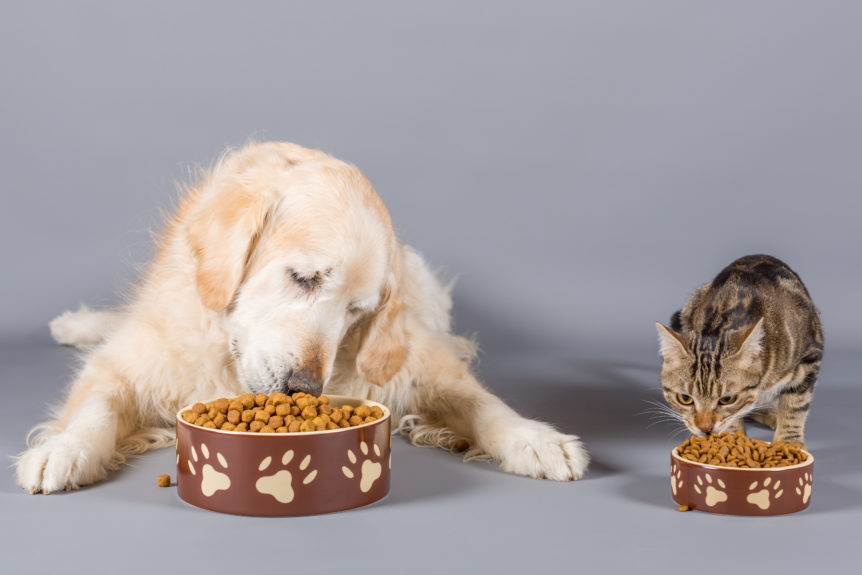Imagine, after finishing dinner, your family takes their plates to the kitchen and puts them in the cabinets for breakfast the next morning. Or instead of washing your morning coffee cup, you reuse it, day after day, layers of residue building up. If you wouldn’t feed your family using unwashed dishes, why would you make your furry family members eat from dirty bowls?
According to the National Sanitation Foundation, pet dishes are the fourth most germ-filled place in the house. Regardless of the type of food, you feed your animals (dry or wet), food particles and dried saliva get left behind every time your pet eats. Unwashed water bowls are filled with algae and mold. These germs can cause painful infections around your pets mouth and chin and are dangerous for human family members as well. Pet dishes are a breeding ground for things like salmonella and E. Coli.
Your pets food bowls should be washed with warm soapy water after every meal. If you’re comfortable with it, you can also put the dishes in your dishwasher. Water dishes should be washed every couple of days. Both should be sanitized once a week. Add a ½ cup bleach to a gallon of warm water and let the dishes soak for at least 10 minutes. Make sure you rinse them thoroughly after and allow them to air dry.
Washing puppy dishes is especially important. Because of their young immune system, puppies are more susceptible to the yeast and mold which grows in unwashed dishes. This can lead to giardia, which they can spread to other animals in the house.
A few things to keep in mind:
- Ceramic and plastic dishes can get cracked or scratched, making them harder to clean. Stainless steel dishes are your best option.
- You should wash your hands before and after feeding your animals to help curb the spread of bacteria.
- If you raw feed, you need to sanitize pet dishes every day.
- When you are disinfecting, don’t forget their toys!


